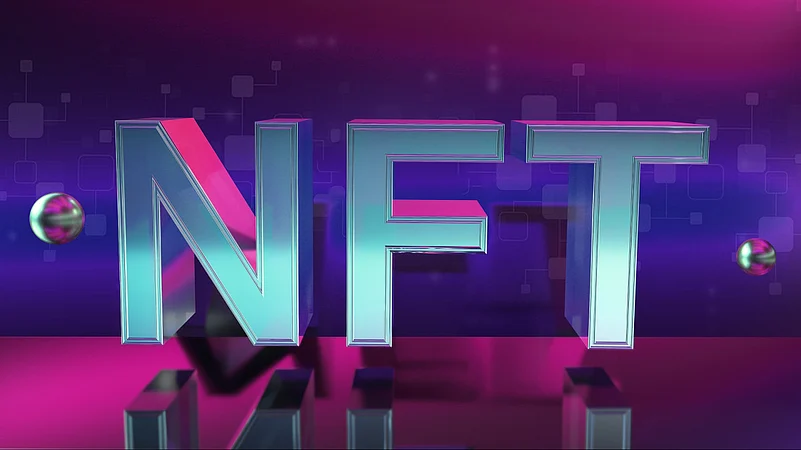The digital world is evolving rapidly with the coming of newer technologies that are transforming the way we engage with virtual assets.
Non-fungible tokens (NFTs) are one such digital assets that are changing the way of ownership, value and creativity of artwork, including paintings, music, and so on, in the digital realm. NFTs have also become an essential means for investors, artists, and collectors alike to own, trade, market and invest in digital works.
What are NFTs
NFTs are distinct digital assets that provide ownership or verification of authenticity for a product, typically stored on a Blockchain platform. Unlike cryptocurrencies,ies, which are equivalent and interchangeable, every NFT is unique, a one-of-a-kind, to be precise, which separates it from other NFTs. NFTs may represent any digital or physical items, such as art, music, video, and virtual assets. These can be exchanged, sold, and purchased for cryptocurrencies or money.
For instance, an artist might create a digital art piece that can be tokenised as an NFT. When someone purchases the NFT, he or she has the exclusive token associated with the piece of art, although others would still be able to access the image on the Internet.
NFTs come in different forms, such as digital artwork, music, game items, virtual property, and collectibles. They differ in their appeal and purpose since some provide rare access or experience, while others are simply for collection. They can be purchased, sold, or exchanged on NFT platforms.
What Determines the Value of an NFT
According to Vedang Vatsa, founder, Hastag Web3, some factors have a big impact on both the value and demand for NFTs.
He says, “The value of an NFT depends on the creator’s reputation, how rare or unique the asset is, endorsements from key influencers, and its cultural impact.”
The market value of an NFT can increase as a result of the creator's reputation and endorsements from well-known celebrities or influencers.
For instance, Bollywood star Amitabh Bachchan released an NFT series in 2021, which included digital artwork and signed photos. His cultural impact and enormous following greatly added value to the NFTs and so they became highly sought after and extremely popular.
How NFTs Work
NFTs operate based on Blockchain technology that facilitates safe, decentralised ownership of digital assets.
When an NFT is bought, its ownership is recorded on the Blockchain, making it easy to trace and verify authenticity.
How to Buy NFTs
To start with, one has to create a suitable digital wallet and fund it with cryptocurrency, usually Ethereum, before purchasing an NFT.
Then, one can search through an NFT marketplace, such as Rarible or OpenSea, pick the asset he/she wants check its details and complete the transaction.
After that, the NFT will be moved to the buyer's wallet, verifying his/her ownership. depending on the Blockchain and the marketplace, transaction fees also known as gas costs could be applicable.
How to Sell NFTs
To sell an NFT, connect your wallet to an NFT marketplace, set a fixed price or auction format, and confirm the listing to make your NFT available for purchase.
The NFT will be moved to the buyer's wallet and the cryptocurrency payment will be moved to your wallet after the transaction is completed. Depending on the Blockchain and the marketplace, transaction fees will be applicable.
Risks to Consider When Buying NFTs
Koinpark CEO, Thangapandi says, “Buying NFTs comes with several legal risks, mainly around ownership, copyright, and enforcement.”
He says many NFTs lack clear licensing terms, meaning that one not have the right to reproduce, modify, or commercially use the asset. If the original creator or copyright holder challenges it, the NFT could become legally questionable or even worthless.
He adds, “Smart contracts can be flawed, and laws surrounding NFTs are still evolving. If legal disputes arise, jurisdiction issues could make resolution complicated and costly. Always verify ownership rights before buying.”











